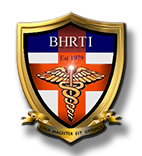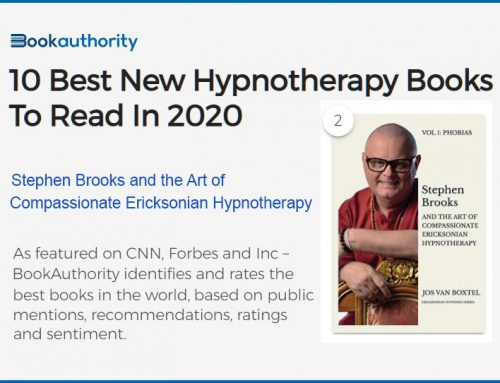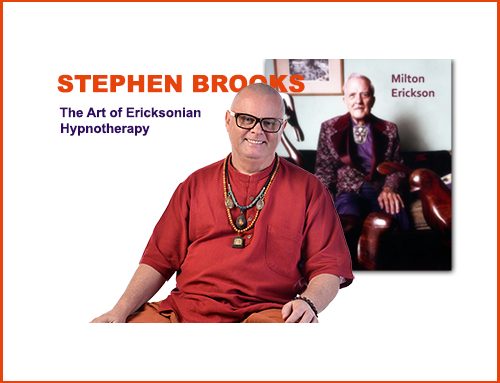Most hypnotherapists work with adult patients and rarely have the opportunity to use hypnotherapy with children. Children however, make excellent hypnotic subjects and past research indicates that they are easier to hypnotise than adults. Children have very active imaginations and are able to fantasise easily so can visualise effectively. Likewise therapeutic metaphors can be very effective with children because of children’s familiarity with storytelling.
Where can hypnosis help children?
Research a few years ago at the child and adolescent psychiatry department of Rikshospitalet University Hospital in Oslo Norway indicated that hypnotherapy could be useful for a wide range of disorders and problems with children. They found that hypnotherapy was particularly valuable in the treatment of anxiety disorders and trauma related conditions. The research advocates the study and application of hypnotherapy in clinical practice and suggests that it could be applied as an adjunct to cognitive behavioural treatment and family therapy.
What do you need to consider when working with children?
When working with children one always has to consider the influence of the parents or guardians. Sometimes childhood problems are the result of issues between family members. So every childhood problem should not be viewed in isolation but as a component of the overall family and social structure. Even when problems are presented as physical symptoms, such as pain, we should look at the psychological component. At the very least, the child has a perception of the pain and her thoughts and feelings will affect her degree of discomfort. When the symptom is serving some kind of purpose within the family system the problem can be more serious, and harder to work with.
Let me give you an example..
By maintaining a problem the child may be holding the parents relationship together. The child may or may not be aware of this of course. I have seen this myself several times in my own practice. So the therapist may discover that they are doing therapy not just on the child, but on the mother and father too. The problem then arises of how to address this directly with the parents. Sometimes it is not possible as they do not see themselves as part of the problem. In these cases the therapist has to work indirectly.
The Ericksonian approach
Ericksonian approaches can be very useful in these cases. The use of metaphor, analogy and indirect suggestion can bring about change in a third party while one is working directly with the main patient. Language techniques such as Erickson’s interspersal technique can be applied so the therapist indirectly suggests embedded commands to the parents while in conversation with the child. This kind of approach does require some practice but can easily be mastered with commitment.
I’m aware that I’ve only just scratched the surface in this post about hypnotherapy with children as there is so much more that can be said. There are some excellent books on the use of Ericksonian hypnotherapy with children, some specifically for problems such as cancer, and I invite practitioners to study these specialised areas, because it can be very rewarding working with children, given how easily they can be hypnotised.






